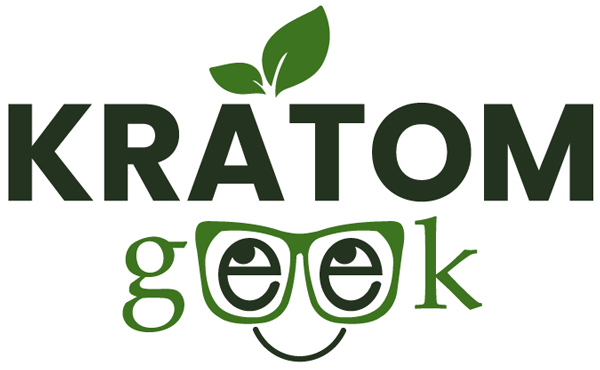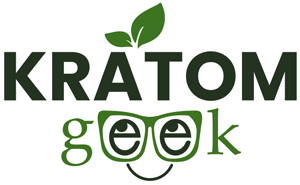The kratom community regularly tries to provide accurate information to those who seek the truth. But it’s a demanding process to achieve. There are a bunch of articles out there that don’t understand the scientific data or statistics involved with kratom reports. Some of them misrepresent the facts. While others straight out lie to the audience. And it’s almost a full-time job to correct or provide factual evidence to combat the nonsense. But, to make matters worse, kratom advocates continually have to take on the government’s deceptive strategies, too.
The US Department of Health and Human Services (HHS) has spent almost an entire decade printing and touting declarations that kratom is a lethal substance despite the assertion has no evidence to support the accusation. And it claims large portions of the kratom community are drug addicts, but that’s also contradictory to the truth.
The HHS recommended that the Drug Enforcement Agency (DEA) should make kratom a scheduled drug. The DEA had tried to perform an emergency scheduling of kratom back in 2016 by publishing a Notice of Intent (NOI) in the Federal Register, but the outcry from the populace stopped it dead in its track. However, the HHS never stopped its crusade against the plant. The agencies it controls made accusations that kratom was responsible for numerous overdoses in the US. That assertion was one of the reasons the CDC performed a report that detailed the available data surrounding deaths where kratom was found in the deceased individual’s bloodstream.
A CDC Report Detailing Overdoses in the US
In the Morbidity and Mortality Weekly Report (MMWR), the Centers for Disease Control and Prevention (CDC) provided an article detailing a report titled “Notes from the Field: Unintentional Drug Overdose Deaths with Kratom Detected — 27 States, July 2016–December 2017.”
The reason for the report was because the national poison center reporting database had documented 1807 calls about kratom from 2011-2017. So the CDC decided to analyze data from the State Unintentional Drug Overdose Reporting System (SUDORS) to judge how prevalent the mentions of kratom were in overdose deaths.
When an overdose occurs, medical examiners and coroners provide postmortem toxicology results on the victim. And SUDORS records every substance found in the subject’s bloodstream in the database: even kratom. So the CDC analyzed every overdose death in the system to determine the exact number of deaths that occurred with kratom detected in the toxicology report.
According to the data provided, between July 2016 and December 2017, 27,338 deaths were the result of an overdose. But only 152 of the deceased victims tested positive for kratom. That’s only a measly (0.56%) of all the overdoses recorded. And out of the tests with kratom on the report, 91 of them listed kratom as the cause of death—even with deadly drugs in the results. And out of those, there were only seven deaths where kratom was the only substance found in the toxicology reports. The other 84 out of the 91 had additional illegal and dangerous drugs found in the victim’s system.
JAMA Misleads the Public by Misrepresenting the Facts
The Journal of American Medical Association (JAMA) is the flagship publication for the American Medical Association (AMA). The journal is published 48 times throughout the year. On May 28, 2019, JAMA published an article called “Kratom-Related Deaths.” In the piece, it pulled statistics from the aforementioned CDC report, but it presented the information in a disingenuous manner.
The JAMA article provided misleading information about kratom to an audience that might not look at the source material, stating the plant was responsible for more than 90 deaths in the United States and used the prior CDC report as its source. Now, mind you, the JAMA is a peer-reviewed medical journal that’s published by the American Medical Association (AMA). So that means other doctors reviewed the publication, yet the article was still given the go-ahead from the editorial board. And nobody thought to question the narrative of the article, which attributed more than 90 deaths to kratom.
While kratom was found in the system of 91 overdose victims and ruled as the cause of death for the death certificates, there were other dangerous substances found in almost every one of the toxicology reports, too. For example, 51 of those cases tested positive for fentanyl in the deceased individual’s bloodwork: an opioid that’s 100 times stronger than morphine. And 23 of the subjects tested positive for heroin. Some victims had benzodiazepines, prescription opioids, cocaine, and alcohol in their toxicology reports. But somehow, a natural supplement was ruled as the cause of deaths.
JAMA Article Repeats the FDA’s Lies About Kratom
To add insult to injury over the brazen lies touted in the JAMA article, the report doubled-down on the misinformation provided by federal agencies. It repeated the dishonesty plugged by the US Food and Drug Administration (FDA), making accusations that high levels of metal contaminants and salmonella in kratom products should be reason enough for the plant to be banned. But whenever studies have been conducted to examine kratom analysis reports, a different story is told.
Kratom Geek recently covered both of these concerns in previous articles. There’s a risk of salmonella in a large variety of foods, primarily produce. And in the US, salmonella is repeatedly linked to the vegetables sold in grocery stores throughout the country. And the FDA has never issued a ban on vegetables, nor has it banned produce from countries that repeatedly supply salmonella-laced goods like Mexico. Instead, the FDA issues several recalls on its website throughout the year and drops the matter.
Yet, that’s still a bit better than what happens with all the items with heavy contaminants (like lead) that the FDA allows grocery stores to stock on the store aisles: the FDA does absolutely nothing. So the FDA’s claim that dangerous levels of heavy metals exist in kratom would be as deceptive as its salmonella argument. Studies prove there are much higher levels of toxic metals in some of the foods and drinks found in our homes. And the amounts of heavy metals found in kratom aren’t even dangerous at standard doses.
Kratom Saves Lives
When JAMA printed the composition in its journal, the essay was touted by other articles as a definitive source on the issue—even though that declaration is contrary to reason. Only seven cases listed kratom as the only substance to appear on the toxicology reports. But even then, the CDC admits in its report that it’s impossible to rule out other drugs because there were no postmortem toxicology protocols attached. Plus, it varies from state to state. Besides that, there are different drugs and illicit substances that each clinic might check for on toxicology reports. So the seven deaths that list kratom as the reasons for death (where kratom was the only substance shown) are inconclusive.
Now, the fact remains, there is not one person that has passed away where a medical team has proved that kratom was the cause of death. On the other hand, kratom has helped hundreds of thousands of people kick their addiction to the curb. And since the opioid epidemic took the lives of 750,000 people from 1999 to 2018, it’s safe to say that kratom has probably saved quite a few lives.
Instead of our government trying to fight a natural supplement that can potentially get addicts off of dangerous opioids, they should be looking at the plant as a lifeline from Mother Nature. Our country is still battling an opioid epidemic that’s out of control. And the pandemic made those numbers rise in 2020. So our government should stop spreading lies against kratom.






